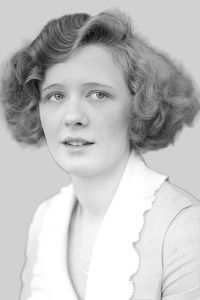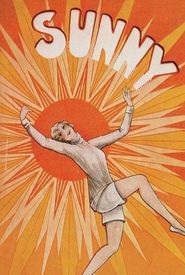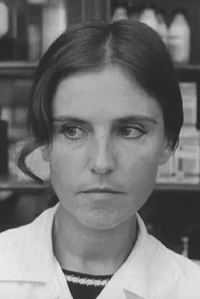Mary Ellen Reynolds, known professionally as Marilyn Miller, was a renowned Broadway star of the 1920s. Born in Evansville, Indiana, in 1898, she was raised by her mother and stepfather, who was an acrobat and song-and-dance man in vaudeville.
Marilyn began her career as part of her family's vaudeville act, "The Five Columbians," which performed on the Midwest circuit and occasionally toured internationally. She later shortened her first name to Marilyn and adopted her stepfather's last name.
In 1914, Marilyn caught the attention of Broadway producer Lee Shubert, who brought her to New York for his "Passing Show" revues. She quickly became a sensation, known for her beauty, tap and ballet skills, and singing and acting abilities.
Marilyn's breakthrough performance came in Florenz Ziegfeld Jr.'s Follies shows of 1918 and 1919, where she introduced the song "Look for the Silver Lining." Her subsequent shows with Ziegfeld, including "Sally" in 1920, solidified her status as a top headliner.
However, Marilyn's personal life was marked by turmoil. Her relationship with Ziegfeld became increasingly complicated, and she eventually severed ties with him. She then signed with producer Charles B. Dillingham and starred in the shows "Peter Pan" and "Sunny."
Marilyn's third and final marriage, to stage manager Chester "Chet" O'Brien, ended in divorce before her death. She died in 1936 at the age of 37 due to complications from nasal surgery, following a lifetime of struggles with her health and personal demons.
Despite her tumultuous personal life, Marilyn Miller remains a beloved figure in American entertainment history, known for her vibrant stage presence and iconic performances.
















